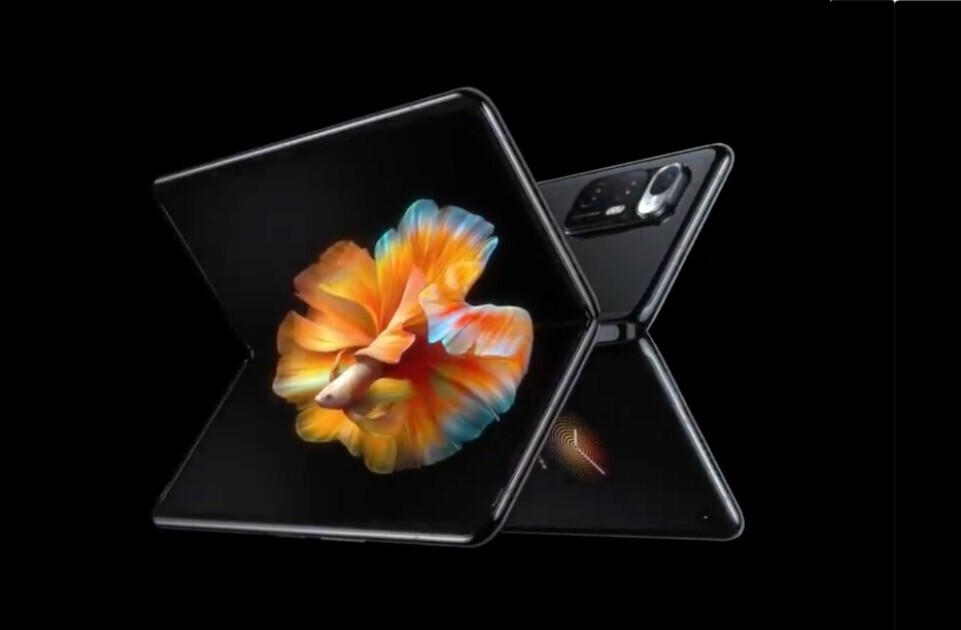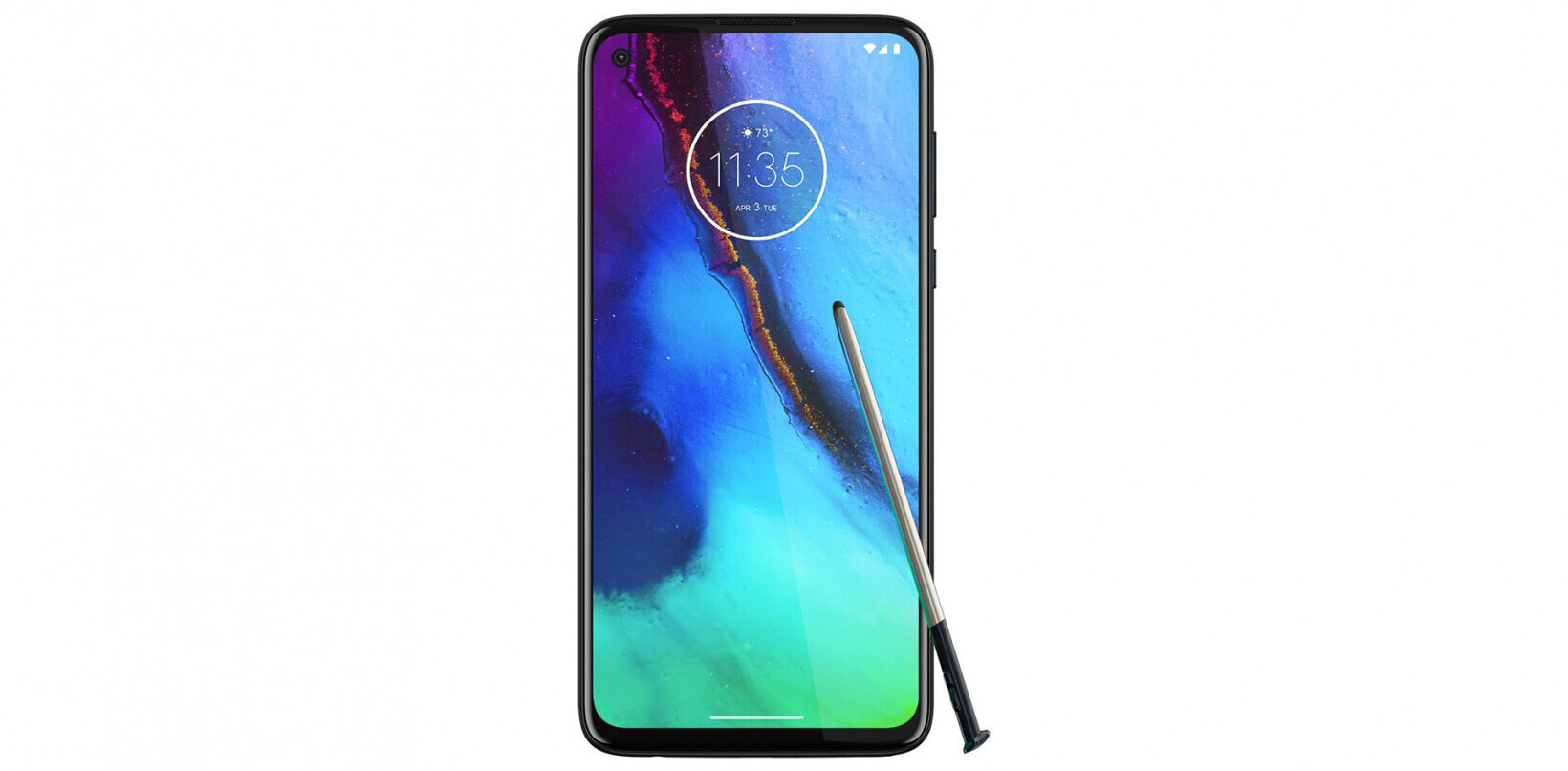
Welcome to the latest Last Week in Asia round-up, our selection of the key stories and developments from across Asia’s growing technology and Internet spaces.
China
The week’s biggest news story in China concerned the plight of blind lawyer and human rights activist Chen Guangcheng and, unsurprisingly, the story itself played out on social media and the Web.
Leaving aside the politics and story for a moment (see ‘And Finally…’ below for more), the incident saw a subtle new form of blocking spotlighted, as Sina did its best to keep the goings-on away from its popular ‘Weibo’ microblog service.
Rather than blocking out searches related to Chen, which are obvious to see as they bring up an error message and explanatory note, Sina Weibo’s search engine began ignoring selected keywords.
This tactic, rather than screaming out ‘this is being blocked’, gives the impression that certain topics are not being talked about on the service.

While Twitter is blocked in China, its content is not susceptible to cover-ups like Weibo services are, and the true picture of events emerged on the U.S. service rather than Sina Weibo.
Sina is due to put out its latest financial results and, fresh from admitting it hasn’t fully implemented China’s real-name policy, the company is expected to post lower revenues. A recent slow down in advertising spend, which has affected Sohu and others, is cited as the likely cause.
One service that is powering on in China is Instagram. Just one month after integrating Sina Weibo, it emerged that more than 100,000 ‘Instagramized’ photos have been posted to the Chinese Twitter-like service.
That’s impressive but, as we reported, a search for pictures tagged ‘China’, ‘Beijing’ and “Shanghai’ suggests that there are even more users in the country, despite the Facebook link. But with more than 350 million registered members on Sina Weibo, there’s certainly plenty of users that haven’t joined the cult service yet.
So far, Instagram is being branded independently of Facebook and that is likely to help it avoid being blocked in the country…although nothing is ever for sure.
As the smartphone industry in China continues to grow alongside demand for apps, so other firms want a piece of the action. RIM is flagging in the U.S. and other markets, but the Canadian giant is tapping China’s developer community in the run-up to its BB10 launch.
The market share of RIM’s BlackBerry smartphones is falling, but the company is looking to bolster that and create demand locally by inventivising Chinese developers to build for the BB10 platform.
Certainly with Apple flying high in China, Android dominating sales and Microsoft’s Windows Mobile platform also arriving in the country, the market is looking saturated, just on platforms alone.
It isn’t just overseas firms like Apple that are taking a big bite out of China though. Xiaomi, a Chinese smartphone maker, is flourishing as its latest statistics show.
Less than a year after introducing its flagship $320 MI-One device, Xiaomi is shipping 500,000 handsets per month and seeing a whopping $158 million in revenue each month too.
The company is working hard to meet demand and it releases new device loads in batches. It’s latest round of 150,000 handsets sold out in just 13 minutes, indicating that there is plenty of demand and scope for mid-range smartphones in China.
India
Mobile is often talked about as having the potential to bring the Internet to many that do not have it, and India is a true example of that.
Fixed rate Internet access is enjoyed by less than 10 percent of the population, and that digital divide, which is even more pronounced in rural areas, is ripe for being addressed by Web-enabled phones.
While there is still plenty to be done, the mobile Web is set to overtake the nation’s use of fixed-line Internet this year, according to data from Statcounter.
Every dataset and research has its nuances but the stats clearly show the surge in uptake of the mobile Web, which is buoyed by affordable devices. With that in mind, it’s no surprise to see that RIM recently launched its budget $215 BlackBerry Curve 9220 in India.
If that wasn’t enough, Indian smartphone users were also found to be more active than those in the U.S. and other markets, as PluggdIn reported.
According to data provided by Google, some 56 percent of smartphone owners in India access the Web multiple times a day through their phones, while more than 75 percent use mobile search. Most interestingly, 97 percent are ‘heavy’ users while at home, suggesting it isn’t all about 3G just yet.
 Despite its promise, the Internet is causing authorities in India serious problems as they try to manage between allowing freedom of speech and rights, and upholding values online.
Despite its promise, the Internet is causing authorities in India serious problems as they try to manage between allowing freedom of speech and rights, and upholding values online.
The intersection between the two is exactly where an ongoing court case again Facebook and Google sits. The two Internet giants are accused of being too slow and lax to delete objectionable content from Indian cyberspace, and have been critised for failing to uphold India’s standards.
The case has been ongoing since early this year and, following an adjournment, the companies will have to wait until August before they are able to petition against the allegations.
More censorship news from India saw reports suggest that national ISPs were blocking access to Vimeo and torrent sites, mirroring moves made in the UK and restricting Indian Web users.
Japan and Korea
Japanese mobile social gaming firm GREE made headlines last week as it snapped up social games developer Funzio for $120 million.
For those that are not well acquainted with GREE, it bought US games platform Openfeint in 2010, and is currently working on a new global product that combines its service with Opeinfeint’s.
The purchase of Funzio will beef up its game production capabilities and, once its new platform is launched in the coming months, the firm is sure to make a strong push to get its service and games in the hands of smartphone owners in the West and the world over.
While GREE and other Japanese gaming firms are making moves overseas, they are set to face some issues at home, where the government is considering closing down a lucrative but controversial game genre.
‘Kompu catcha’ games encourage players to buy a range of virtual items to stand a change to win coveted prizes, but it is being eyed by the Japanese Consumer Affairs Agency (CAA). The government organisation is tipped to rule that the system is illegal, as it uses lottery-type incentives to make sales.
There are some nasty stories of kids running up bills of thousands of dollars, and that is likely what prompted the government to investigate the issue.
Kompu catcha is a big driver of revenue in Japan, so we’re likely to see any move to close it down opposed by games makers there.
Another company under more pressure in Japan is Google, after Yahoo Japan launched a browser for Android.
The Google-owned operating system was recently found to have accounted for 60 percent of smartphone sales in the country. With Yahoo Japan a hugely powerful and influential force on the Japanese Web, the browser could steal Android revenues away from Google there.
Don’t hold your breath on the browser making it outside of Japan, Yahoo Japan is run independently of Yahoo Inc.
Korean handset maker Samsung unveiled its latest Android-based smartphone that will rival Apple, HTC and the rest of the industry.
The Samsung Galaxy III had been much-anticipated and it launched to the planet at an event in London on Thursday. The impressive specs include a 4.8-inch Super AMOLED screen, 1280×720 HD display and a 1.4 GHz Exynos 4 Quad processor.
You can catch up the key facts from our live blog and hands-on review of the phone, while Samsung has also provided a full playback of the launch, so you can watch it develop as it happened.
Elsewhere in Korea, Samsung, other phone makers and operators could see a boost in sales after the government announced a plan to allow domestic retailers to sell mobile handsets.
That will mean that phones can be bought from selected supermarkets and other shops — both online and offline — and it’s a move that could also benefit Apple, and help it enlarge its retail presence in the country.
Southeast Asia
Last week we reported that Android is dominating Southeast Asia’s growing smartphone market, accounting for just under half of all new devices, according to a report from GfK Asia.
The firm found that 49 percent of devices sold across the region in the last quarter were built on the Google-owned platform. The region’s smartphone industry itself continues to go from strength to strength, now accounting for one in four of all phones sold.

The potential is particularly marked in Indonesia, where GfK observed that 62 percent of new sales were smartphones. That saw the country’s smartphone sales reach an impressive $1.4 billion in revenue during the last quarter.
A major Web-related court case in Thailand was adjourned last week, leaving the future of a well known freedom of speech advocate unclear.
Despite considerable global media interest, the trial of Prachatai webmaster Chiranuch Premchaiporn, who faces up to 20 years in jail for failing to delete web board comments quick enough, was delayed until the end of May.
Premchaiporn is being tried under Thailand’s controversial lese majeste law — which protects the country’s monarchy from criticism — following incidents that took place in 2010 on the Web-board of the independent news site.
In more positive news, JFDI Asia held its demo day to mark the end of the inaugural ‘class’ of startups to have passed through the 100 day accelerator program.
We first wrote about the JFDI-Innov8 Bootcamp last year, when the program was accepting admissions via weekend events at prominent cities across Southeast Asia. Kark Mobile because the first of two startups to gain funding a week before deadline day, a good omen if ever there could be one.
JFDI has a full write up of the demo day on its blog, congrats to all involved. We look forward to the next program and stories of success from the companies that have emerged.
And finally…
We mentioned the Chen case under our China wrap-up but the story is really worth digging into in a little more detail.

Quick background: Under-pressure from the Chinese government, Chen sought refuge within the US embassy and last week, his six day exile ended with a trip to hospital with US and Chinese officials.
To cut a very long and complicated story short, Chen appears to have been granted leave of China, with authorities said to have allowed him to take “study leave”.
What’s interesting to note is the way that the Internet, Twitter and the Sina Weibo microblog provided a communications outlet to give the dissident the kind of coverage that activists wanted by Chinese authorities could only dream of.
Here’s what China expert Kenneth Lieberthal, of US-based Brookings Institution, told the Washington Post:
It is almost mind-blowing to see his friends posting on Twitter conversations with him, things like who picked him up in Beijing and where. It’s a total sea change from how this may have been handled decades ago.
While Weibo may be the outlet to ‘the masses’, the Chen example suggests that Twitter can play an important role as the valve through which key communication can flow in China.
That’s all for this week until next Sunday – you can keep up with all of our Last Week in Asia round-ups here or follow @TheNextWebAsia on Twitter for news as it happens.
Get the TNW newsletter
Get the most important tech news in your inbox each week.







